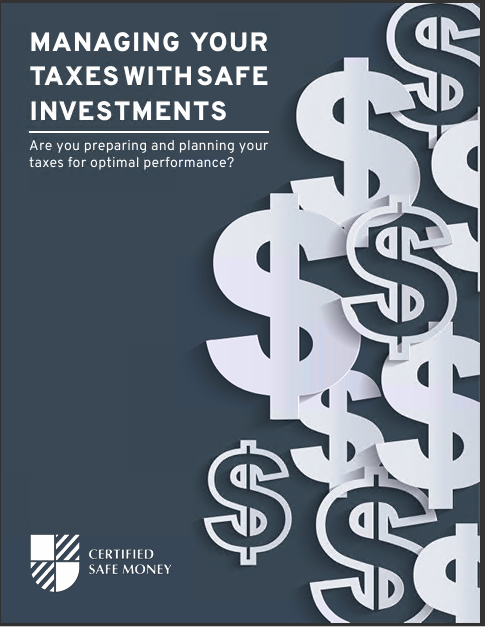There are various forms of life insurance: a policy might be short or endure a lifetime. It may have a financial value component or not. But the one distinguishing trait shared by all life insurance contracts is a death payout. It’s the fundamental reason to obtain life insurance and how plans are typically described: when someone says they have a $100,000 policy, it truly means they have $100,000 in death benefit insurance. What is a Death Benefit, and How Does it Work? When a person purchases a life insurance policy or has one purchased for them, they’re buying coverage that will pay out upon the insured’s death. The death benefit is paid out after someone passes away: it can be any dollar amount, and 100% of the face value is always available immediately to beneficiaries. There are a few things you should know about the death benefit: The specifics of a death benefit vary by policy and company. Still, one can break them up into two groups: cash value and no-cash value. 1. Cash value policies This type of life insurance builds cash value through regular and automatic premium payments. It can be used to pay future premiums or for any other purpose. The death benefit (the amount you’ve paid into the policy) is delivered to your beneficiaries when you die. It’s important to note that in most circumstances, one can access the death benefit during the life of the policy. Also, because cash value policies have a component of savings, you may receive tax-deferred interest on it. 2. No-cash value policies These are also known as term policies and only pay the stated face value amount when you die. Beneficiaries can receive cash or choose to take the payout in installments over time. Suppose your beneficiary accepts their death benefit in installments instead of all at once. In that case, there are typically four different kinds of installment payments: • Single life: Paid out in installments to one beneficiary for the duration of their lifetime. • Joint and last survivor: Paid out in installments over the lifetimes of two beneficiaries, with the final payment going to the second-named beneficiary upon the death of the first. • Life and period certain: In this version, paid out for a specific period to two beneficiaries for the duration of that time. Upon expiration, the second-named beneficiary will receive all remaining payments. • Term life: Paid out in installments over a specified term, with no secondary beneficiary. How to Find Out If You’re a Beneficiary and File a Claim? You’re usually not covered if your life insurance policy has no living beneficiaries listed. But what if there are policies with leftover death benefits with no named beneficiaries? Life insurers leave this scenario to their discretion — which can be frustrating for consumers. In most cases, companies will look for the closest blood relationship to the person who died (parent, spouse, or child), but some will pay it directly to the policyholder’s estate. A few policies will keep the money in-house until they find a new policyholder; some may consider holding on to your money for up to 30 years. If you think you’re owed some life insurance money, you’ll need to submit proof that you can make claims. Life insurance companies require regular paperwork and documentation of the death (birth certificates, marriage licenses, etc.), your relationship to the deceased (marriage certificate or birth certificate listing you on the child’s beneficiary form), and proof of your identity (driver’s license, passport, etc.). It also helps to have the policy number and contact details of the insurance company or agent who sold you the policy. Suppose you’re not listed on the policy as a beneficiary but were named by someone else. In that case, most companies will require proof that you were designated to receive death benefit money (a copy of the person’s will, for example). If you know you’re not a beneficiary, or there are no beneficiaries listed, it doesn’t hurt to check with the state that issued the policy. Some states allow unclaimed life insurance benefits to transferring directly to the fundholder without further validating beneficiaries. The application asks if the insured has other policies through the company. If so, there is often an “all sums payable” clause that allows the insurance company to combine the death benefit of several policies into one payment (this can be especially useful if there are multiple beneficiaries in many states). It’s worth noting that some companies will wait until several premiums in a row are missed before canceling a policy entirely. If you were the beneficiary of an insurance policy that had no named beneficiaries, there are various steps to take to claim your money: • Gather paperwork. Gather any documents you have related to the deceased’s life insurance policies. This includes birth certificates or marriage licenses for yourself and your spouse, proof of your identity (driver’s license, copy of the death certificate, etc.), and any relevant policy numbers. • Contact the insurance company or agent that sold you coverage. The easiest way to do this is by phone. Let them know you’re requesting a death benefit (and if your spouse is aware of this); in some cases, the request may need to come from her. Take detailed notes about each conversation so there’s no confusion later on. After these two steps, you should prepare for red tape and wait for your payment. If all these fails, you should file a lawsuit against the deceased’s estate through your state’s civil division.
Contact Information:
Email: amy.feba@gmail.com
Phone: 4238070050














